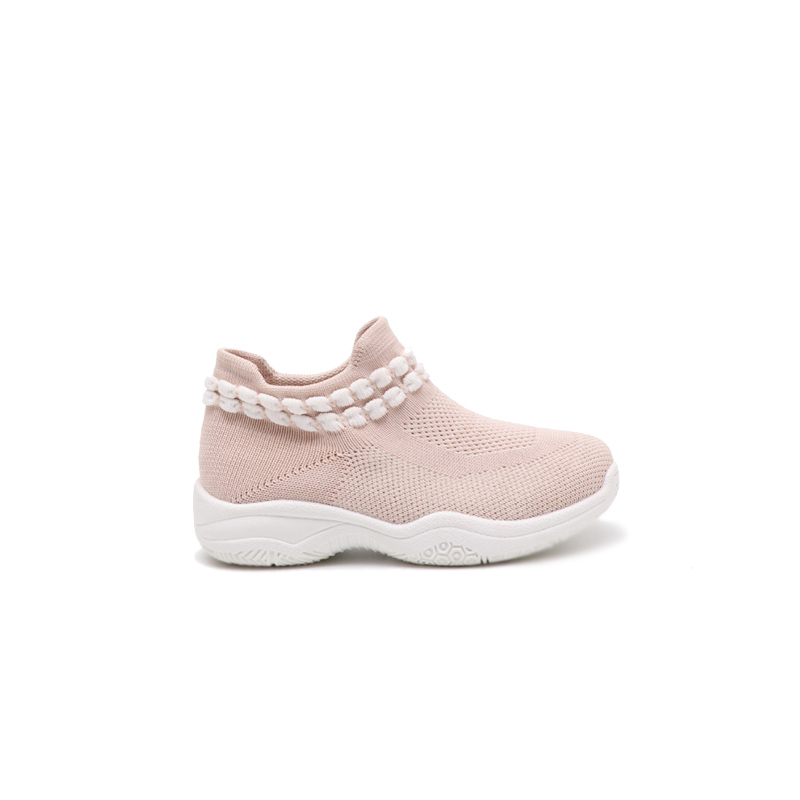Choosing the right materials for baby shoes is crucial as it can impact the comfort, safety, and overall health of the baby's feet. When selecting baby shoes, parents should consider a range of factors, such as the materials used, the shoe's design, and the baby's age and developmental stage.
There are several materials commonly used in baby shoes, including leather, suede, cotton, and synthetic fabrics. Each material has its own unique properties and benefits, which can influence the decision-making process.
Leather is a popular choice for baby shoes as it is durable, breathable, and comfortable. It also has natural moisture-wicking properties that help keep the feet dry and prevent the growth of bacteria and fungi. Leather is also hypoallergenic, making it an excellent choice for babies with sensitive skin.
Suede is another popular choice for baby shoes, as it is soft, lightweight, and flexible. Suede is a type of leather with a slightly rougher texture, which provides additional traction and support for baby's feet.
Non-slip baby shoes is also less slippery than other materials, making it a safer choice for babies who are learning to walk.
Cotton is a natural fiber that is soft, breathable, and easy to clean.
Breathable baby shoes are typically lightweight and comfortable, making them an excellent choice for infants and toddlers. Cotton shoes also allow air to circulate around the feet, which helps prevent sweating and foot odor.
Synthetic fabrics such as polyester and nylon are commonly used in baby shoes as they are lightweight, durable, and easy to clean. These materials are also water-resistant, making them an excellent choice for rainy or wet conditions. However, synthetic fabrics can be less breathable than natural materials, which can lead to foot odor and discomfort.
When choosing materials for baby shoes, it's important to consider the age and developmental stage of the baby. For newborns and infants, soft, flexible materials such as leather and suede are ideal, as they allow the baby's feet to develop and move naturally. As the baby grows and becomes more active, shoes with more support and structure may be necessary to provide stability and prevent injury.
Parents should also consider the design of the shoe when selecting materials. Shoes with adjustable straps or laces can provide a more customized fit, which can be especially important for babies with wide or narrow feet. Shoes with non-slip soles and reinforced toes can also provide additional protection and support for active toddlers.
In addition to choosing the right materials for baby shoes, parents should also pay attention to the fit and sizing of the shoe. Shoes that are too tight or too loose can cause discomfort and lead to foot problems. It's important to measure the baby's feet regularly and choose shoes that fit snugly but allow room for growth.
In conclusion, choosing the right materials for baby shoes is an important decision that can impact the baby's comfort, safety, and overall health. Parents should consider a range of factors, such as the age and developmental stage of the baby, the design of the shoe, and the materials used. By selecting high-quality, comfortable, and supportive baby shoes, parents can help ensure that their baby's feet develop properly and stay healthy.





